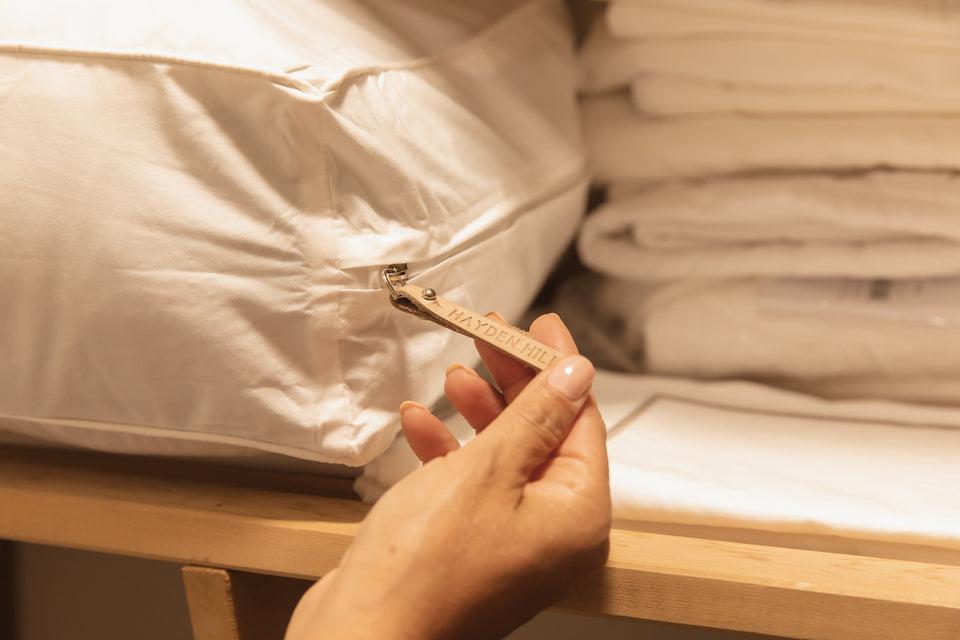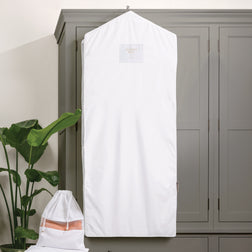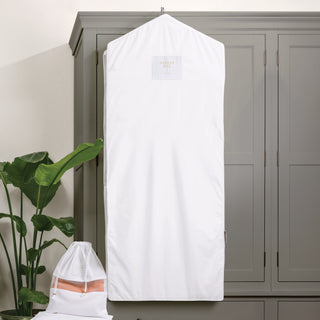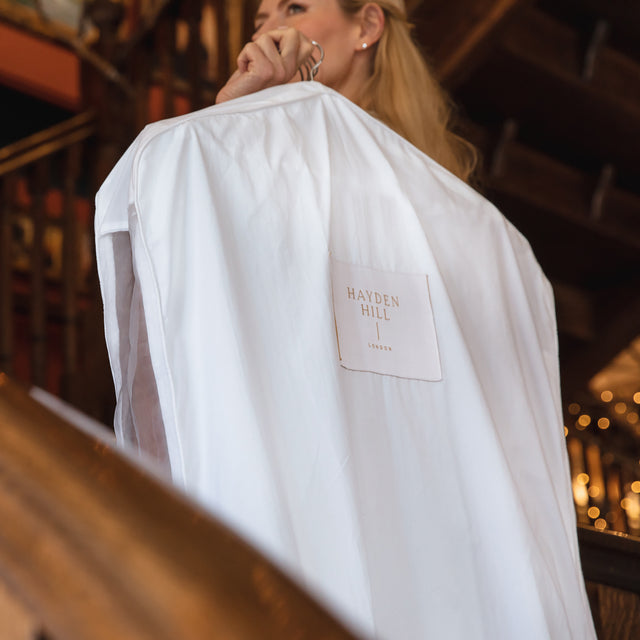Sustainable fashion is a widely used term that describes the fashion industry’s effort to produce clothing in a more socially and environmentally responsible way. Ideally, sustainable fashion addresses all stages of an item’s life cycle, including raw material harvesting and processing, design, manufacturing, shipping, storage, marketing, sales, use and reuse, repair, and recycling.
Globally, the fashion industry is immense, generating $2.4 trillion in revenue each year and employing approximately 300 million people. An industry of this magnitude has an important role to play as we address global challenges like environmental degradation and inequality.
That is one reason why sustainable fashion has become a major focus of sustainability groups and advocates.
What is Sustainable Fashion?
Sustainable fashion is a widely used term that describes the fashion industry’s effort to produce clothing in a more socially and environmentally responsible way. Ideally, sustainable fashion addresses all stages of an item’s life cycle, including raw material harvesting and processing, design, manufacturing, shipping, storage, marketing, sales, use and reuse, repair, and recycling.
In support of the environment, sustainable fashion ensures that renewable sources are utilized when possible, finite resources are used efficiently, and that items are made to maximize use, reuse, and recycling. In other words, garments should have little impact on the planet and be as durable as possible.
Sustainable fashion also advocates for improved working conditions and fair pay for workers in factories, transportation, and retail services.
History of Sustainable Fashion
Hundreds of years ago, fashion was more sustainable than it is now, largely due to the smaller global population. People living during that time period also owned fewer items, made their clothes themselves, and used those clothes until they wore out. Then those items were repurposed.
But things began to change in the 1950s when a large part of the developed world was swept up in postwar consumerism. In America, this presented itself as the American Dream, in which everyone wanted to be and appear successful.
But the hippie movement of the 1960s and 70s gave voice to a group of people who were against capitalism and consumerism. Hippies invested in secondhand items or made their own clothing.
This stirred factories to improve working conditions. By the 1980s, there were more ethical brands from which consumers could choose. Organizations like the World Fair Trade Organization (WFTO), Global Organic Textile Standard (GOTS), and Global Reporting Initiative (GRI) were born from the need to make the textile and fashion industries more transparent and sustainable.
Since then, the popularity of the sustainable fashion movement has continued to grow steadily despite the trend of fast fashion.
The Environmental Impact of Fashion

Currently, the fast fashion industry produces around 100 billion garments each year. For comparison, the current global population is 7.9 billion, which means each person on Earth could have 12-13 clothing items per year. But the sad reality is that items that aren’t purchased are often incinerated.
In addition to the air pollution this creates, there are many other ways fast fashion harms the environment:
- 60% of clothing is made with some kind of synthetic fiber. When synthetic fibers are washed, microplastics are released into the water. This process contributes to 35% of microplastic pollution in the oceans.
- 150 million trees are chopped annually for fabric.
- One cotton t-shirt takes around 3,000 liters of water to produce.
- One pair of jeans uses 3,781 liters of water to produce.
- Farms that grow textile crops have caused significant damage to natural ecosystems and put marine and terrestrial species at risk.
According to EarthDay.org, the fashion industry is catastrophically wasteful: “We send approximately 40 million tons of textiles to landfills or to be incinerated every year. In total, the fashion industry is responsible for over 8% of total greenhouse gas emissions.”
In fact, the fashion industry’s carbon emissions are more than the airline industry.
Americans spend $350 billion each day on fashion. Imagine if these purchases were made at retailers that practice ethical and sustainable fashion. The environmental and socio economic impact would be significant.
How to Support Sustainable Fashion

Making more eco-friendly fashion choices is just one way to support sustainable fashion practices. Here are a few other ways:
- Educate yourself about sustainable fashion .
- Buy clothing that is made from 100% recycled products.
- Buy from brands who are devoted to transparency and ethical sourcing of their materials.
- Select brands that source from and provide work in local communities rather than sending work overseas.
- Learn how to care for your garments properly to increase their longevity.
- When you shop, choose items of the highest quality and avoid fast fashion pieces.
- Choose all-natural materials, like hemp, linen, and organic cotton.
Other Sustainable Clothing Habits
It isn’t necessary to overhaul your wardrobe and buy everything new in order to protect the environment. There are other ways to conserve resources such as the following:
1. Mend, Recycle or Upcycle
To make your current wardrobe more sustainable, have items mended or upcycled. Items that are damaged can often be repaired by a skilled seamstress, and items that have gone out of style or that you simply no longer want can be made into new pieces.
Being creative in repairing and reusing keeps items from being sent to the landfill or incinerator.
And, if there are items to discard, donate the unwanted and gently used items to charity.
2. Sustainable Washing Habits

To make your garments last longer, be as gentle as possible with them during the laundering process. Wash in smaller loads, use mild detergent, and launder each item properly according to its fabric.
Save energy by washing clothes less frequently. Only wash items when they truly need it—when they are heavily stained, have an odor, or have been sweated in. If an article of clothing has a tiny stain, use a stain remover.
Wash delicates or synthetics in mesh laundry bags. Some mesh bags are designed to catch microplastics and prevent them from polluting water.
3. Store Your Clothes The Right Way
To extend their longevity, valuable pieces should be stored with special care. Keep these tips in mind:
- Fold sweaters rather than hang them.
- Don’t expose delicate fabrics to light.
- Avoid storing clothing in moisture-rich locations, such as bathrooms or basements, to prevent mold and moths.
The best way to store your most valuable items is in high quality garment bags. Hayden Hill garment bags protect your pieces from moths and preserve the beauty of your clothing. Our bags are made of organic, soft cotton with a sheer, organza side panel so you can see your pieces while keeping them protected from light and dust.
4. Utilize Drying Racks
Dryers are very convenient. However, a dryer’s hot temperatures can break down finer fibers, like those of wool and cashmere, increase elasticity, and cause stretching that ruins the garment.
Drying items on a drying rack eliminates the possibility of damage and protects the items you love most.
5. Shop Sustainable Clothing Brands

As the demand for sustainable fashion increases, it is becoming easier to find clothing brands with ethical and sustainable practices. Depending on where you live, you might also be able to find local designers with their own sustainable clothing collections.
To decrease plastic waste, shop with brands that recycle polyester, nylon, viscose/rayon, and plastic, such as Adidas, Patagonia, Gucci, Girlfriend Collective, and Batoko.
6. Stop Bracketing
Online shopping is the new normal, and when it comes to fashion, that means people are ordering the same garment in different sizes to see what fits best. This is known as bracketing and it has severe consequences.
The items you return often go to the landfill, because most companies don’t have the technology or don’t want the expense of repackaging and reselling those garments. According to BBC Earth, 5 billion pounds of waste is produced from returns.
7. Find a Garment Collection Program
Recently, many retailers have launched recycling programs. You can bring unwanted clothing from their store to a collection site and receive a discount or credit for future purchases. Some of these brands include Madewell, Levi’s, The North Face, H&M, and Patagonia.
Hayden Hill’s Commitment to Sustainability
Hayden Hill is also deeply committed to sustainability. Our bags are made of 100% organic cotton certified through GOTS, which also guarantees the ethical treatment of workers. Hayden Hill garment bags have been designated a Carbonfree® carbon neutral product, and they are shipped to you in 100% recyclable packaging. Hayden Hill delivers sustainable and beautiful garment care to protect what you love and protect the environment.









